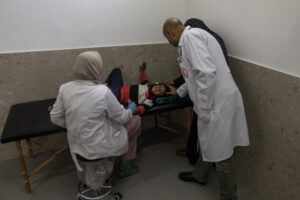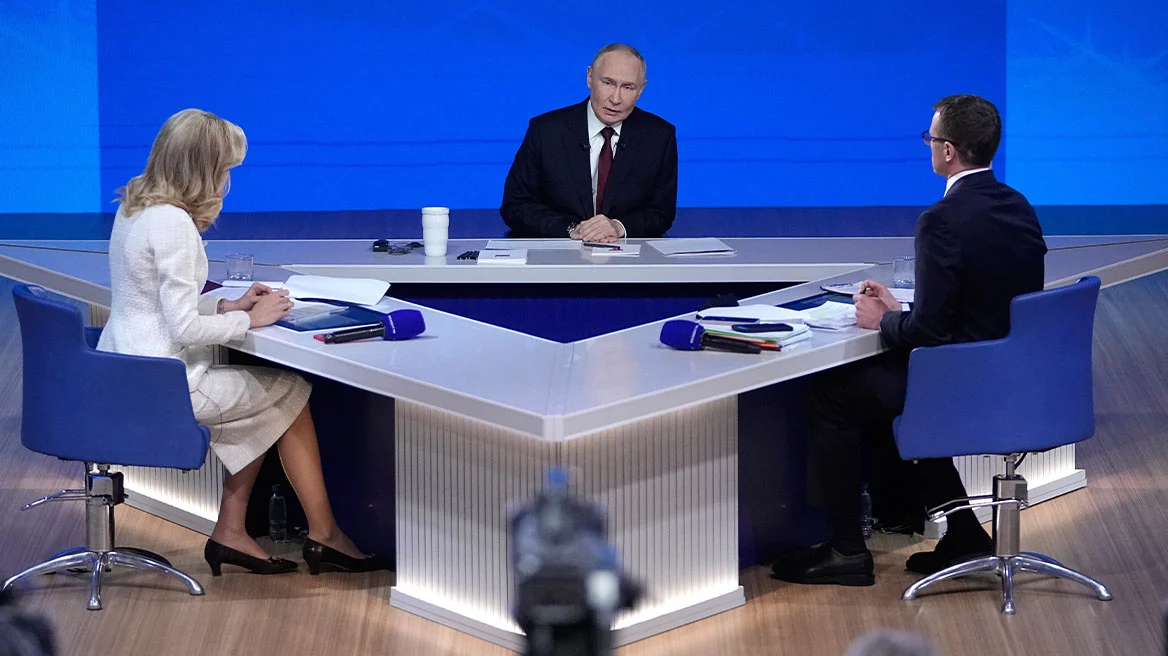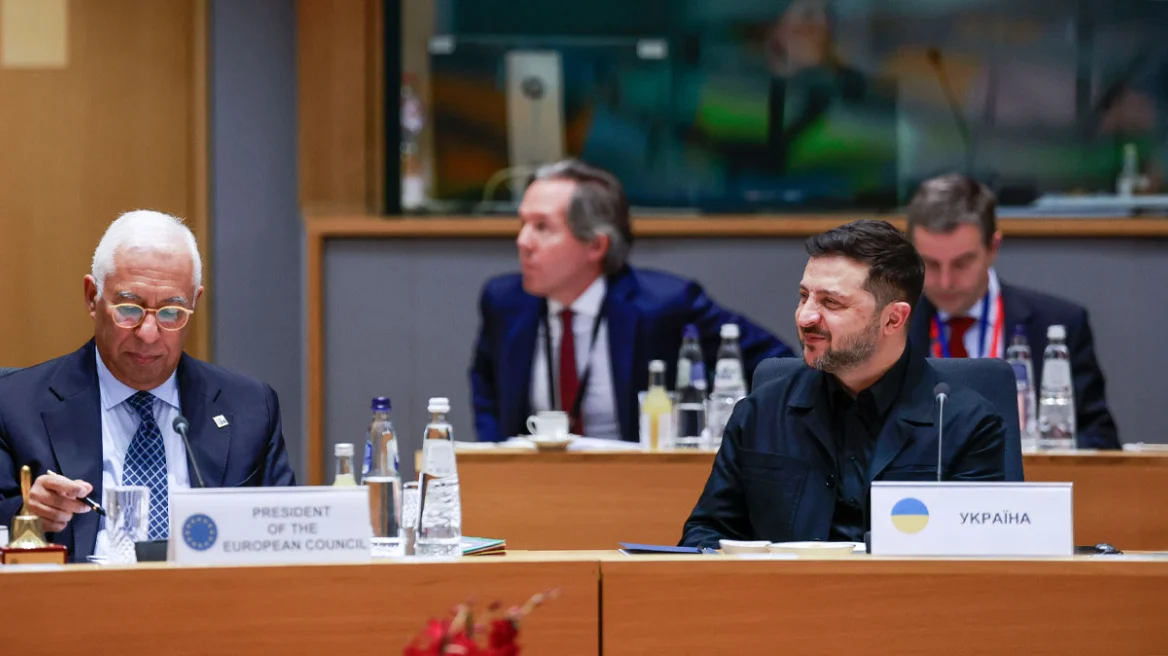For the first time, we are seeing the completed impressive mural, one of the most remarkable in the world, which adorns the tomb of Philip II. It is the largest and perhaps most important work of the classical world uncovered to date. The composition features six hunting scenes in an open space, with a series of dogs attacking various prey. It may be a metaphorical representation of hunting, likened to the battlefield.
The depiction of a young hunter, who could easily be referring to Alexander, is particularly striking. At that time, Alexander had emerged victorious, showcasing his exceptional strategic skills during the Battle of Chaeronea. The monumental mural was brought to light with the discovery of the tomb of Philip II, the famous royal tomb II, in 1977 by Manolis Andronikos, along with invaluable treasures. It represents one of the most representative works of the “golden age” of Greek painting. The work is impressive not only because of its complexity and exquisite aesthetics but also because of the technique used. While it resembles fresco painting, it is actually dry fresco, with overlapping layers of color.
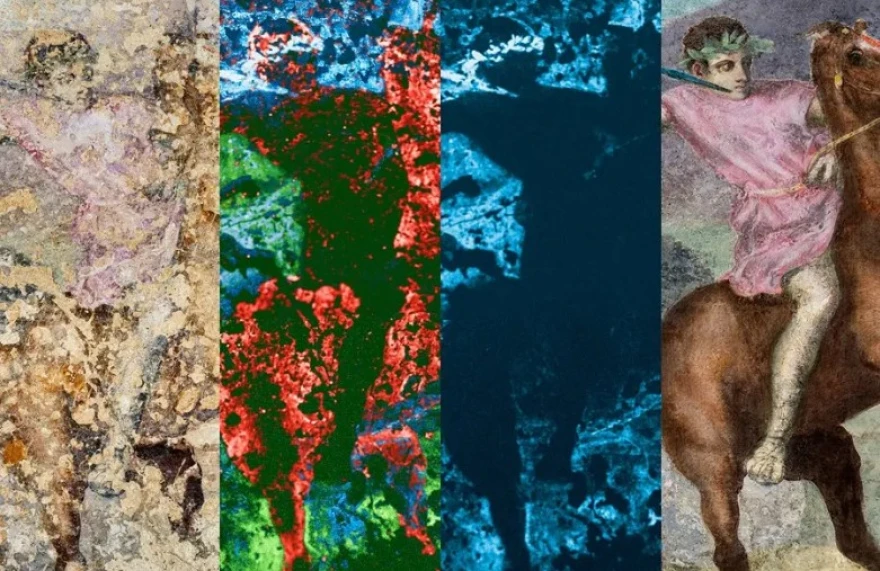
The archaeological site of Aigai. The façade of Philip II’s Tomb. Examination of the mural with non-destructive diagnostic methods (MAXRF, XRD) by the XRAYlab team from ISPC/CNR in Catania, and the Institute of Nuclear Physics “DEMOKRITOS” (Photo by Christos Simatos).
However, the poor condition and preservation of the surface made it difficult for viewers to perceive not only its value but also the representations. Attempts for accurate reproduction of all that happened in this impressive hunting scene—a motif that reappears in the art of the Macedonians—were made in 1979 by Andronikos and his team, though they were based on assumptions and the information available from the sources. Today, for the first time, thanks to technology, the Ministry of Culture, the General Directorate of Antiquities, and the responsible Ephorate of Antiquities of Imathia have collaborated with the National Research Foundation on the research program “The Hunting Mural from Tomb II in Vergina: An Innovative Interdisciplinary Approach for the Study and Representation of a Masterpiece of Classical Antiquity,” actively participating in it.

The ReVis interdisciplinary project, led by Dr. Harikleia Mprekoulaki, is, therefore, the first complete and scientifically documented study of the Aigai mural, utilizing pioneering, non-invasive diagnostic and imaging techniques. The ultimate goal of the research is a more precise understanding of the technique and iconography of the mural, as well as the proposal of a new digital restoration in natural dimensions, based on the archeometric data of the research and combining artificial intelligence tools (Christos Simatos, visual artist) with contemporary artistic creation (Emmanuel Bitsakis, painter). Through this innovative study, new information about ancient colors, techniques, and the iconography of this emblematic mural from Aigai comes to light, as well as broader insights into monumental Greek painting of the 4th century BC.
At the international conference, the research findings from all the teams involved in the project will be presented, along with the diagnostic methods used in the on-site examination of the mural, which took place at the Archaeological Site of Aigai (UNESCO monument) in March 2023. At the end of the scientific conference, distinguished scientists will discuss the new restoration proposal for the hunting mural (see attached invitation and program).
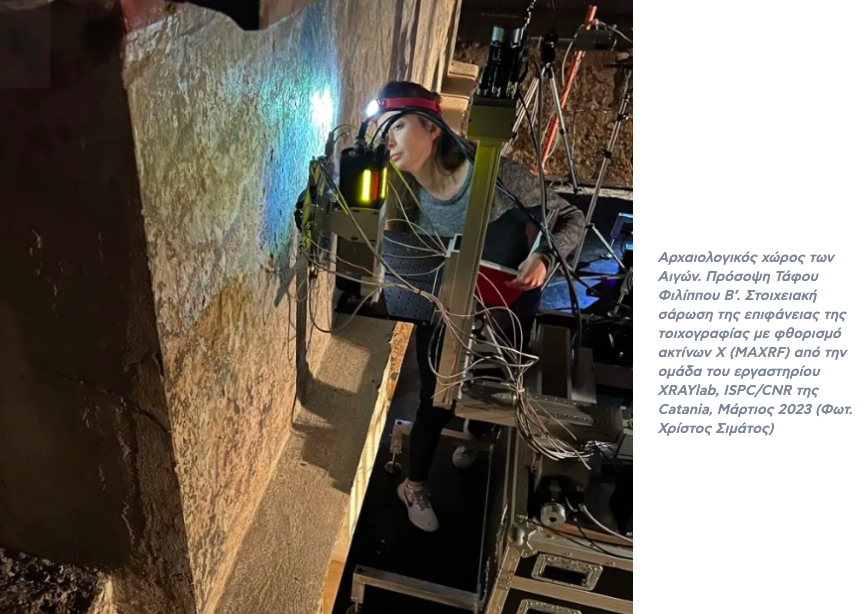
The project, funded by the Hellenic Foundation for Research and Innovation (ELIDEK), is being implemented in collaboration with the Nuclear and Particle Physics Institute at the “Demokritos” Research Center, led by Research Director Dr. Andreas Karydas, and the Ephorate of Antiquities of Imathia, with on-site scientific responsibility by the Head of the Department of Prehistoric and Classical Antiquities and Museums, Dr. Anastasia Georgiadou. ReVis has secured access to the advanced technological experimental infrastructures of the European Consortium IPERION-HS/MOLAB.
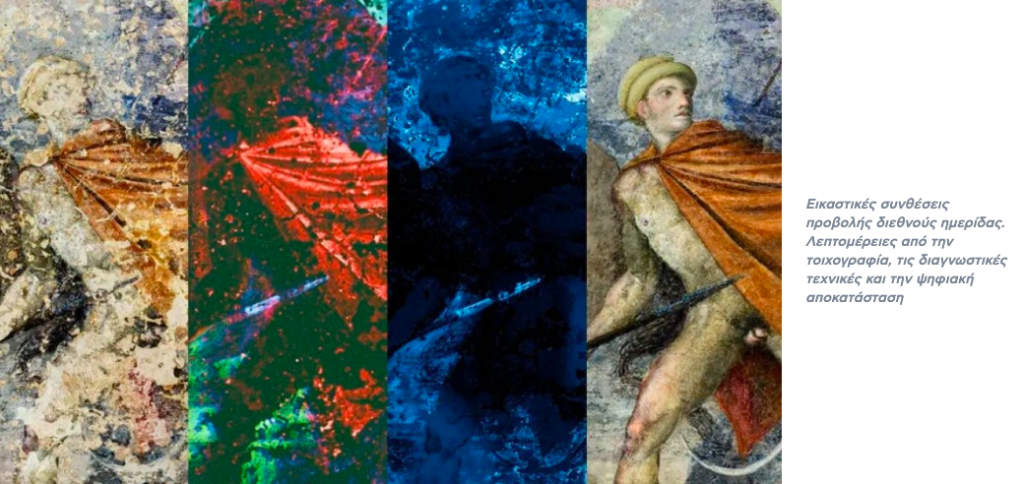
See What the Hunting Mural from the Tomb of Philip II in Vergina Looked Like Visual compositions of the international conference presentation. Details from the mural, diagnostic techniques, and digital restoration.
Ask me anything
Explore related questions


